Ethyl Ether vs. Alternatives: Which Solvent is Right for Your Process?
- Addtime: 2025-08-01 / View: 418
Is your current solvent limiting performance, safety, or efficiency in your operation?
When your production depends on precision, the choice of solvent is not just technical—it’s strategic. From yield rates to safety compliance and drying time, everything matters. For many industrial buyers, Ethyl Ether remains a trusted option, but how does it compare with modern alternatives?
Let’s take a closer look at what Ethyl Ether offers and whether it truly suits your process needs better than other solvents.
Why Ethyl Ether Is Still Trusted in Industry
In various industries such as pharmaceuticals, fine chemicals, and perfumery, Ethyl Ether continues to be a solvent of choice because of its strong dissolving power for fats, oils, waxes, resins, and alkaloids.
Its high volatility makes it ideal for processes that require quick solvent evaporation, reducing drying times and improving production efficiency. Because of its low boiling point of around 35°C, Ethyl Ether enables easy recovery during synthesis and is particularly valued in batch operations.
In the pharmaceutical field, although no longer widely used as an anesthetic, Ethyl Ether still plays a role in local anesthesia and anesthesia induction under specific circumstances. In the lab and production environment, it serves as a clean, residue-free reaction medium. This helps maintain the purity of the final product, especially where regulatory standards are strict.
Where Ethyl Ether May Not Be Ideal
Despite its advantages, Ethyl Ether also comes with notable limitations. Its high flammability and tendency to form explosive peroxides over time make it risky in poorly controlled environments. For facilities without strong fire protection measures or temperature control, storage and handling become critical concerns.
Some buyers may prefer solvents that offer better stability or lower hazard levels. Acetone, for instance, is commonly chosen for its affordability and lower flammability, even if it lacks the dissolving strength of Ethyl Ether.
Tetrahydrofuran (THF) provides strong solvency like Ethyl Ether, but with improved thermal stability and less peroxide formation. Ethyl acetate is another alternative that’s considered more environmentally friendly, though its solvency may not meet the needs of all formulations.
It’s important to evaluate whether switching to a safer alternative would compromise the quality or performance of your end product. In many high-performance or high-purity applications, Ethyl Ether remains unmatched.
Making the Right Solvent Choice for Your Process
Choosing the right solvent depends on a mix of technical, operational, and safety considerations. If your materials require strong solvency, especially for non-polar substances, Ethyl Ether often delivers more consistent results. When your process needs rapid evaporation with minimal residue, it continues to be one of the most effective solvents available.
However, if your facilities are not equipped to handle flammable or peroxide-forming substances, or if regulatory pressure is high, you may find better long-term value in switching to safer, more stable alternatives. Each operation is different, and the best solution comes down to your unique needs for safety, speed, purity, and cost efficiency.
Why InterHaven ChainTech Is Your Reliable Source for Ethyl Ether
At InterHaven ChainTech, we support industrial buyers by supplying high-purity Ethyl Ether that meets the exacting standards of pharmaceuticals, chemicals, and specialty manufacturers. Our product comes with 99.5% purity, packed in 190KG drums, and is sourced from Nanjing Dena—a brand known for reliability and consistent quality.
Partnering with InterHaven ChainTech means fewer risks, better consistency, and a supplier you can count on in every production cycle.






